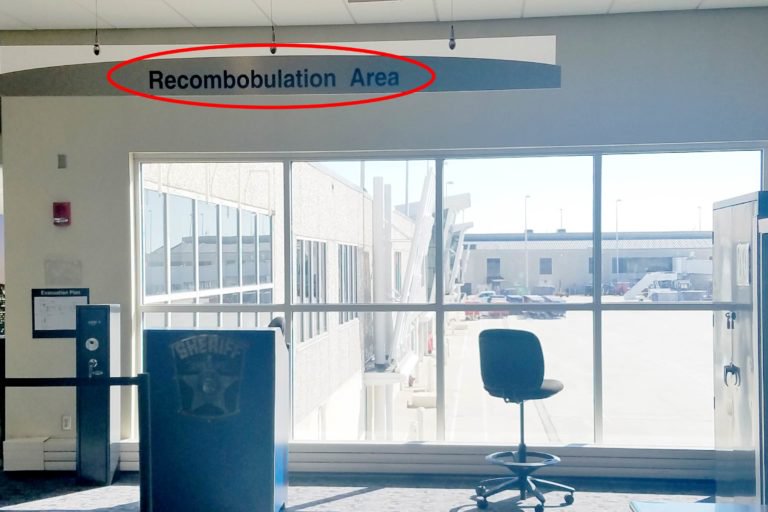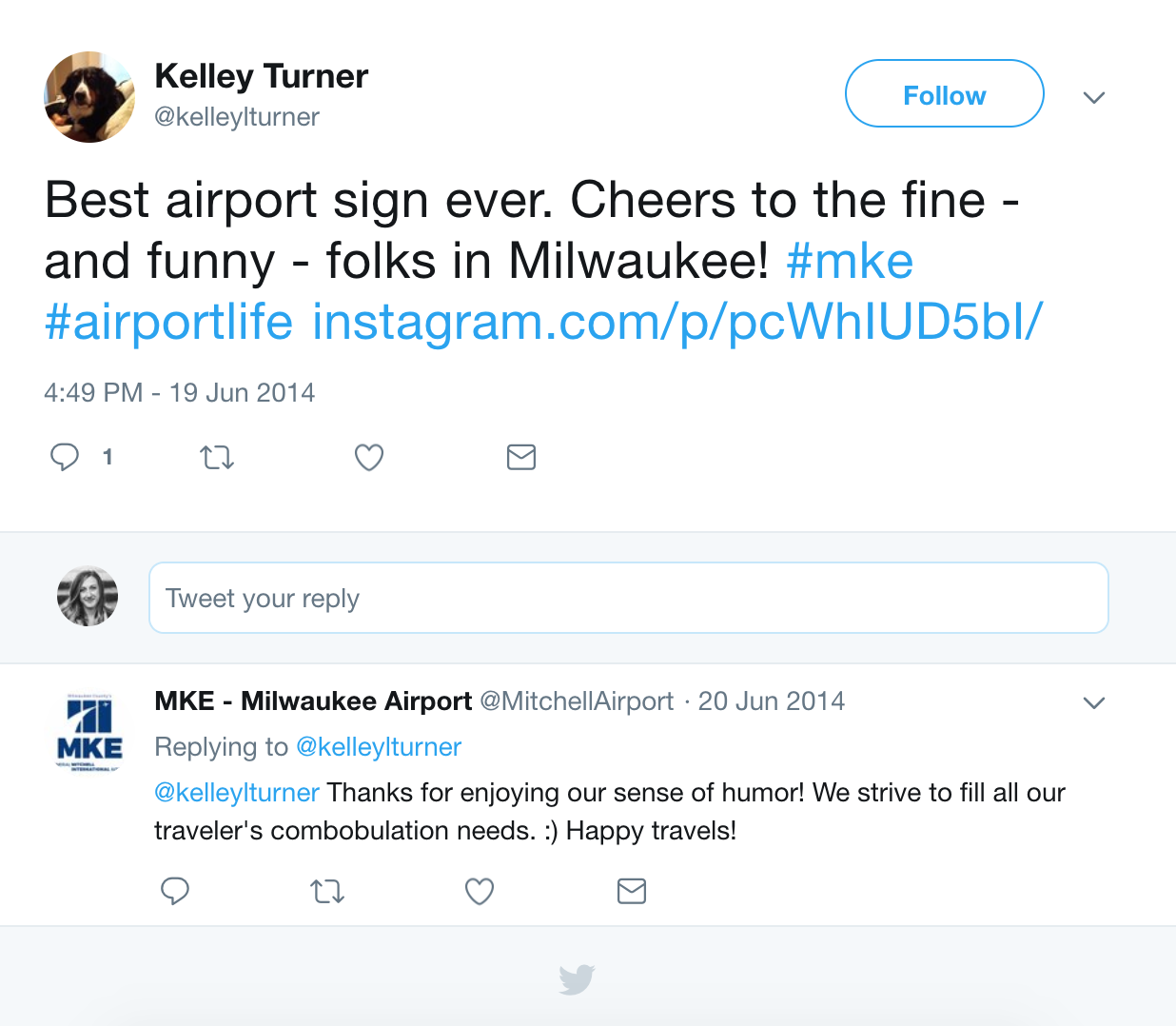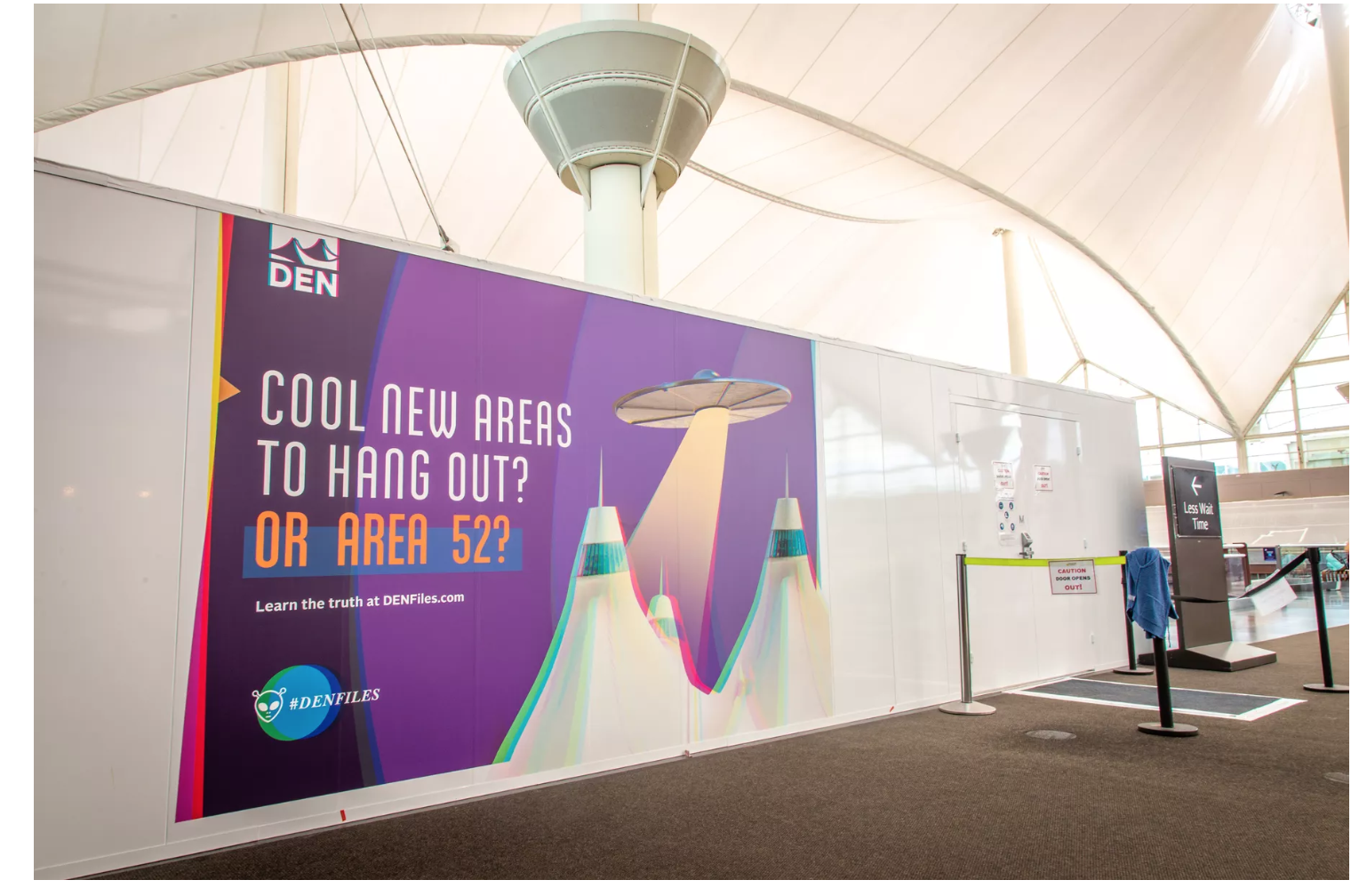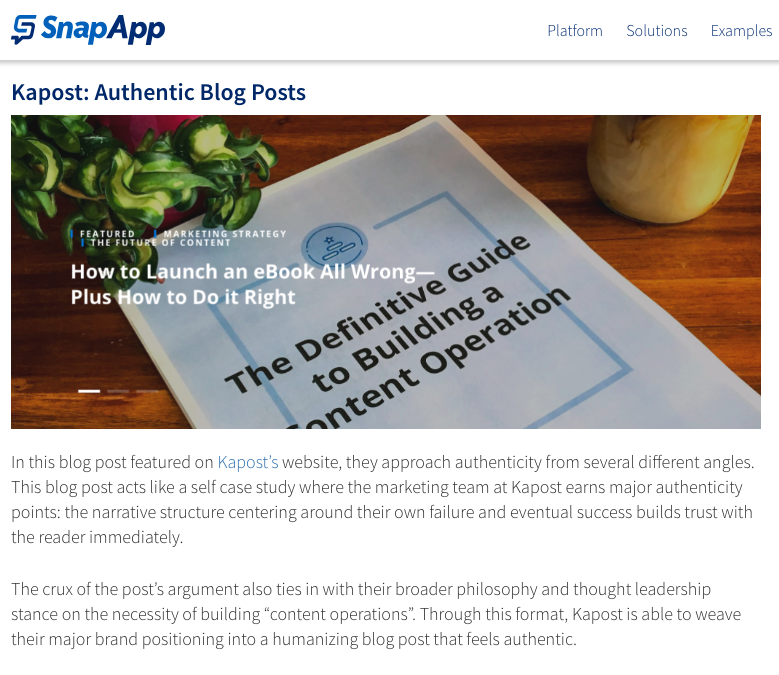This morning, a few colleagues and I were talking (light-heartedly complaining) about business travel. There’s nothing quite like it; you’re simultaneously alone yet surrounded, out of your routine yet trying to do your day-to-day in the midst of delayed flights, overbooked hotels, and lost luggage.
I think you’ll agree that chaos doesn’t exactly prime people to notice marketing content. Think about the marketing emails you get in the midst of your busiest week at work—even some of the good stuff gets tossed out of sheer necessity to be able to breathe.
Yet, there’s a specific type of content that can cut through the noise, whether that noise is “Please remove your shoes and belt” and “You forgot to empty your water bottle, sir,” or simply the saturated marketplace that is digital content.
Content that engages its audience in the midst of chaos (which, let’s admit, is often the majority of our time) does one thing: acknowledges its audience.
It’s one thing to build content around a targeted persona. That’s a good first step, but it’s not enough to simply acknowledge a broad pain point across all director-level Eddy engineers. Empathy marketing is built on the idea that your audience is a human who cares that you‘re also a human a lot more than simply a faceless eBook with perfect branding.
To really get to the bottom of how successful content engages with the audience, let’s head to airports, universally hectic and the perfect place to test content that’s meant to humanize in the face of chaos.
Content Examples That Break the Mold
My all-time favorite airport sign is the “Recombobulation Area” in the Milwaukee airport just past TSA.

(Source)
It’s probably pretty obvious why, unless you’ve never been through TSA. You’re potentially not wearing your shoes, belt, or coat. You probably had to walk barefoot through an X-ray machine where you spend three to five seconds thinking, “How much radiation am I subjecting myself to right now, and is it just going to end in a pat-down because I left a piece of paper in my pocket?”
Also, someone probably left water in a water bottle, and you thoroughly questioned how they managed to get this far without learning that fluids are a no-go.
Feeling discombobulated yet? Imagine looking up and seeing a printed acknowledgment of your current emotional state: Recombobulation Area.
You’d probably feel how I felt when I was there: understood. Once, I even tweeted to them to express my joy.

Social is a low-resource way to break the fourth wall and talk personally to the human on the other side of the customer journey—and their reply (see above) did just that.
Same principle, a different airport: My local airport in Denver (DIA) recently started a construction project and used creative signage on the temporary walls. There are countless long-standing conspiracy theories around DIA, and instead of writing it off as off-brand or distracting, DIA owned it and used the opportunity to really connect with their audience.

3 Ways B2B Companies Can Connect with their Audience
For the sake of every B2B buyer out there, I hope you don’t assume airports are the only safe space for break-the-fourth-wall content (I’ll be patenting that term shortly). B2B buying journeys are typically cast as complex and highly analytical, including the double-digit number of stakeholders that probably don’t agree on all the priorities.
I’d say that might almost top an airport in terms of chaos.
So, do your audience a favor: Use these three tactics to break the fourth wall and remind everyone it’s a human behind that B2B screen.
1. Humor
In content, you can break the fourth wall with humor—say, bringing an unspoken thought like the DIA conspiracy into the light.
When’s the last time you laughed at an “official” message or sign when it connected with you? Did you share the laugh with others as well, even if they didn’t see it? How can you integrate that into your next content piece?
2. Honesty
Sometimes the best way to get to your audience is to drop the face of the pitch. Lose your agenda, and reveal a vulnerable moment. We did this recently, and our fellow marketers at SnapApp picked it up for their own blog: 
This sets the stage for openness and trust that, no matter your side on the seller/buyer equation, we’re all humans sharing the same experiences. It also makes a connection that lasts longer than that piece of content.
3. Personality
Central to showing a brand’s personality to the audience is showing the true face of the organization, whether literally or figuratively.
There are a couple of ways to get face-to-face with your B2B audience, and the most appropriate for your organization largely depends on the established brand personality. Try switching up content types and recording a video to deliver your message with a virtual face. Include headshots on marketing emails to give your audience a face to put to the name.
Most importantly, let your personality shine through–either on a personal level or a brand level, depending on the situation.
A blog, for instance, is pretty easy to get into a first-person perspective that coincides with but does not exactly match your brand voice, which tends to be a bit more strict, and is likely what you’d use for an eBook or white paper.
Key Takeaways from Empathy Marketing
Empathy marketing, at its core, is about breaking the barriers that separate content from its audience. Successful content acknowledges this divide and breaks it through authentic connection.

